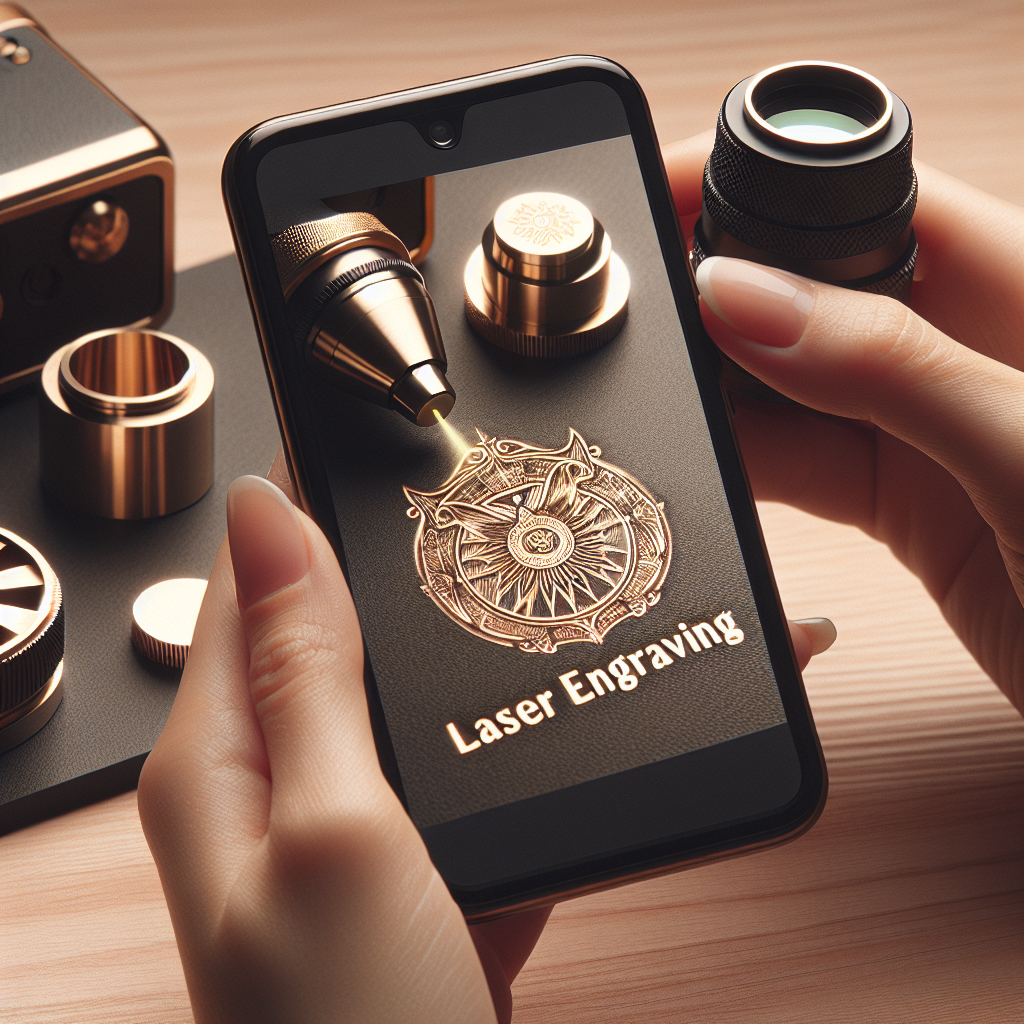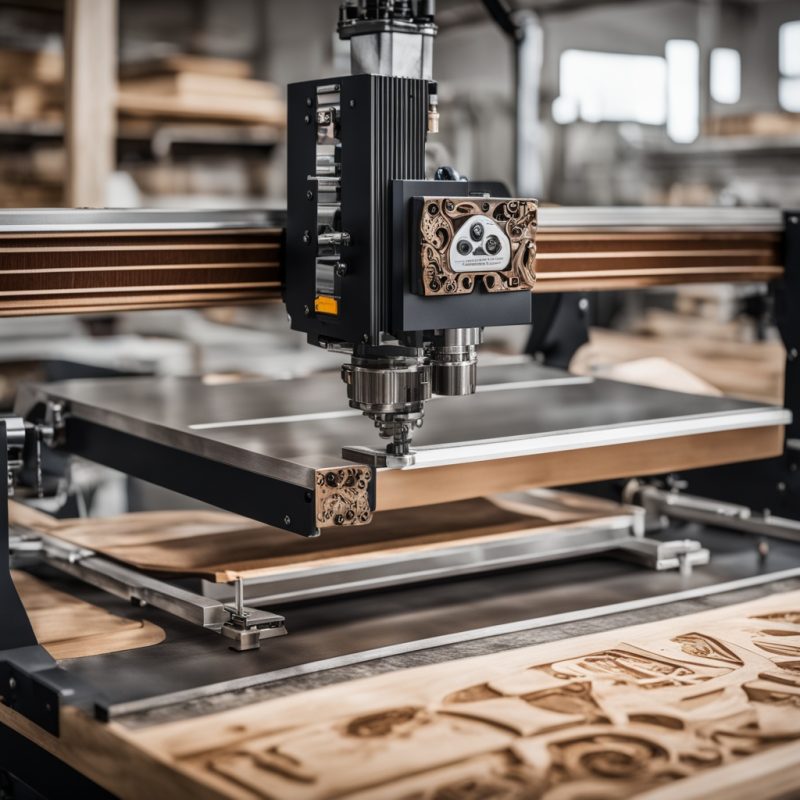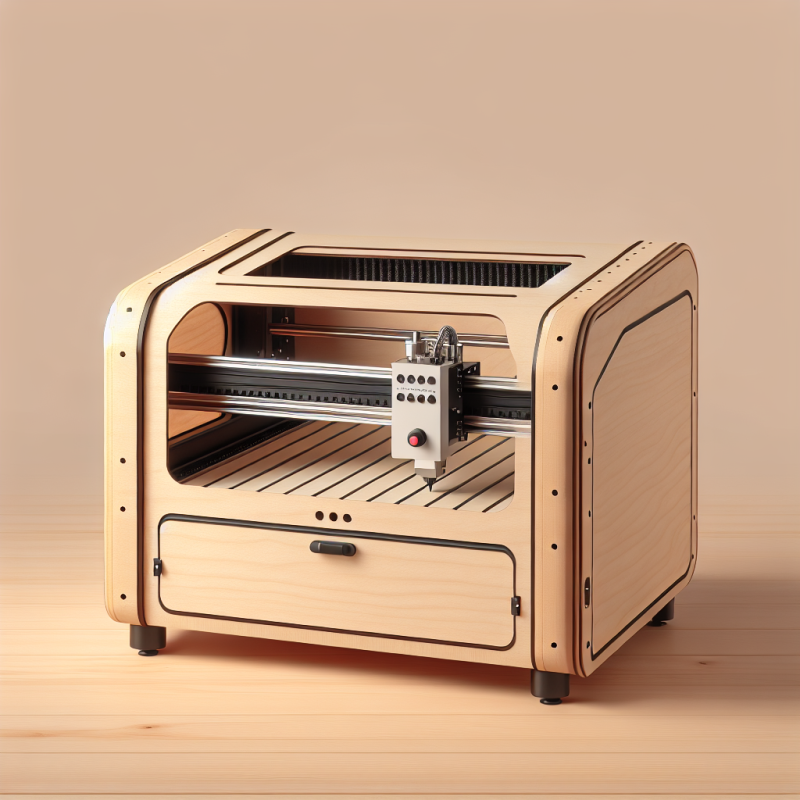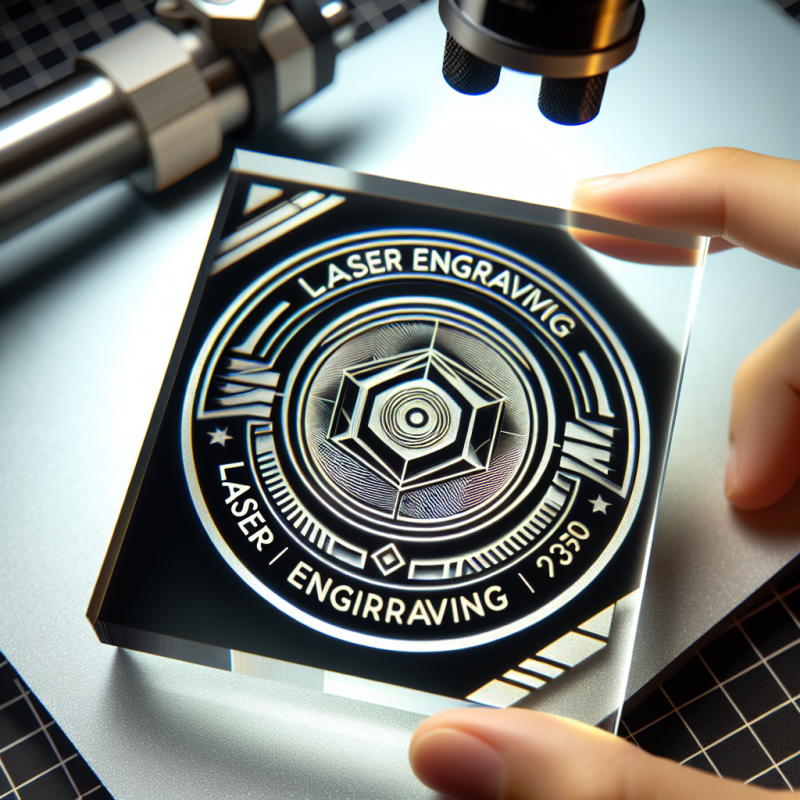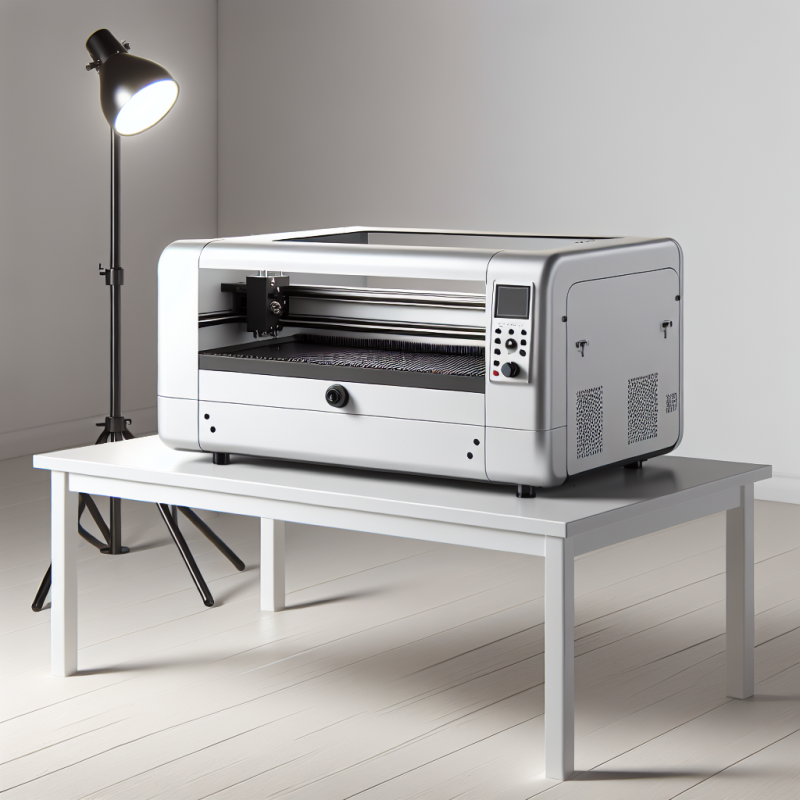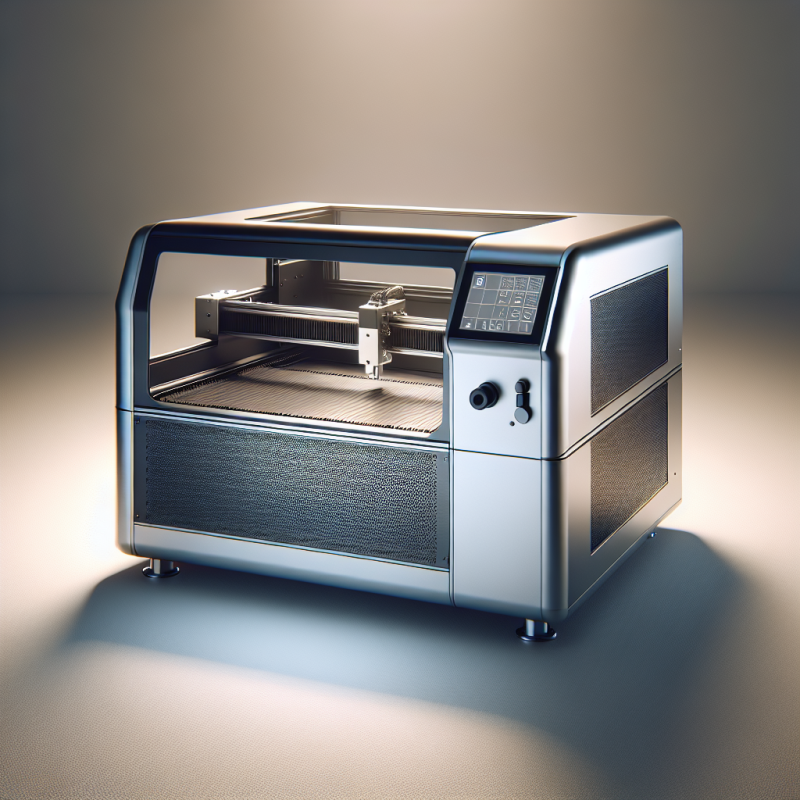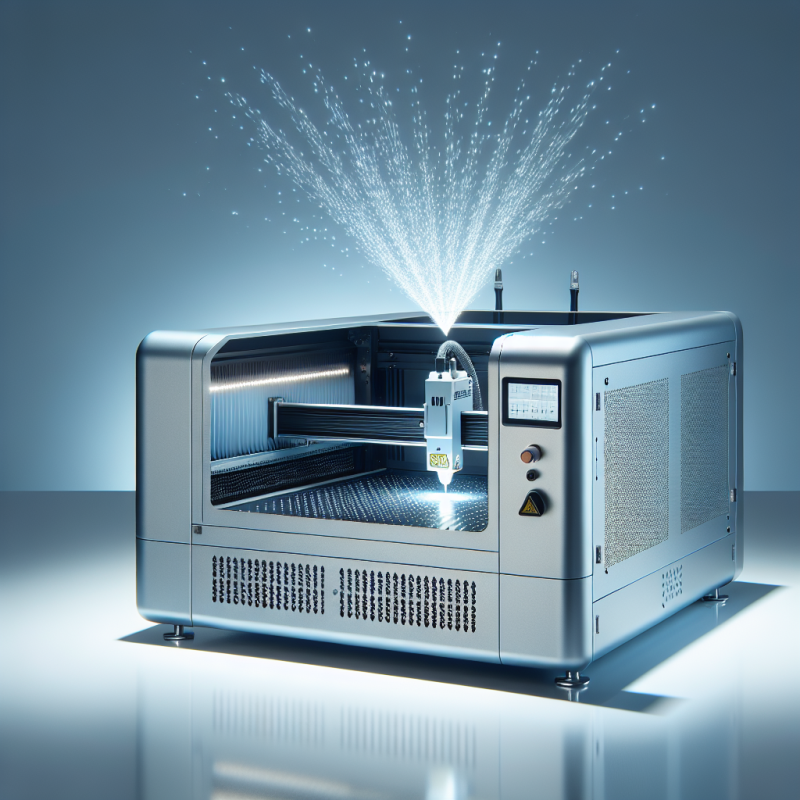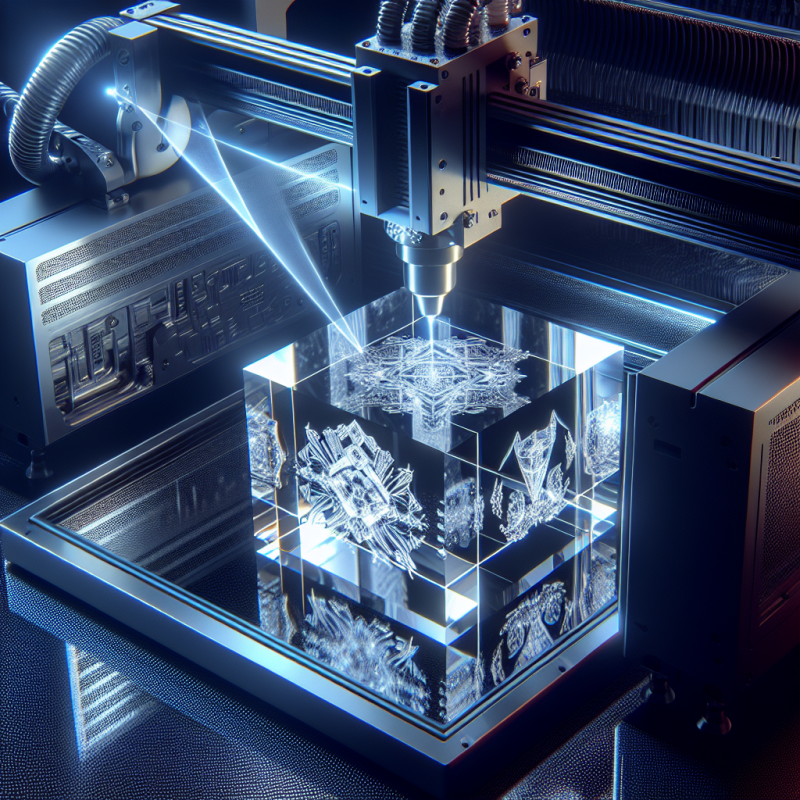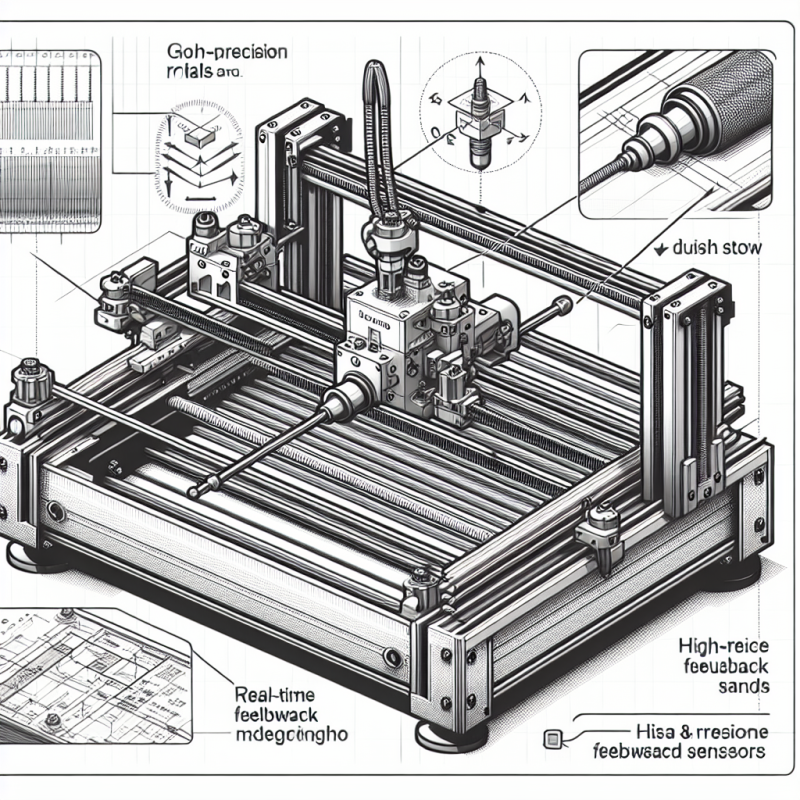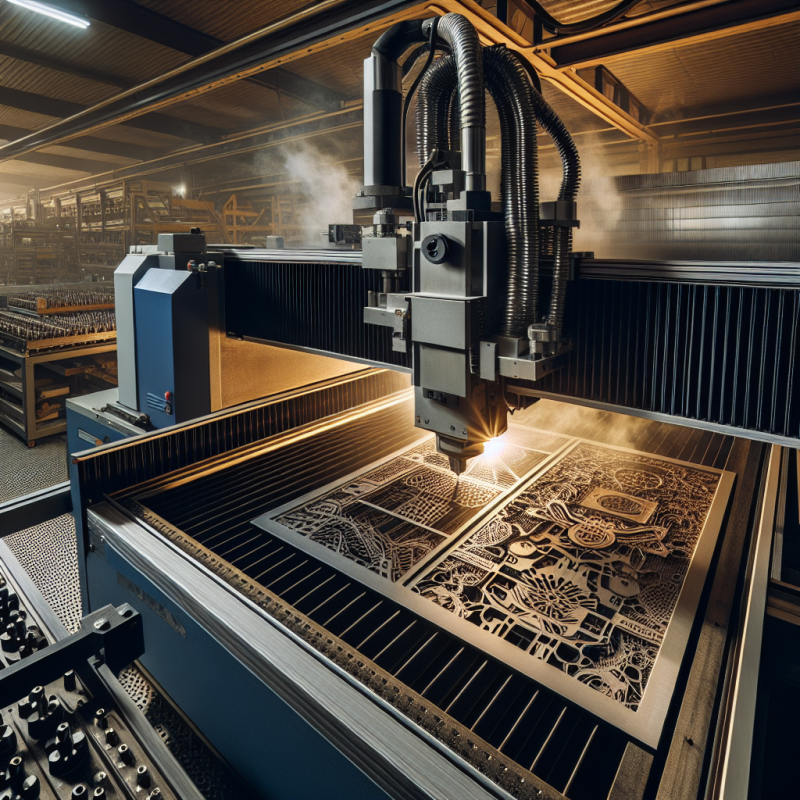The Art of Laser Engraved Metal: Precision and Beauty
Laser engraved metal has become a cornerstone in both modern manufacturing and artistic expression. This innovative technique combines precision engineering with creative design, offering unparalleled detail and durability. Whether you’re creating custom jewelry or industrial components, laser engraving provides a versatile solution that meets the highest standards of quality. In this article, we’ll explore the intricacies of laser engraved metal, its applications, benefits, and how it’s shaping various industries.
How Laser Engraving Works
Laser engraving is a process where a focused laser beam etches designs onto metal surfaces with extreme precision. The process begins with creating a digital design, which is then fed into the laser engraving machine. This machine uses advanced technology to translate the design into intricate patterns on the metal. The result is a permanent and highly detailed engraving that withstands wear and tear.
The laser engraving machine operates by directing a high-powered laser at the metal surface. The intense heat of the laser melts or vaporizes the metal, creating the desired pattern. This method allows for intricate details that are impossible to achieve with traditional engraving techniques. For instance, laser engraved metal can feature microscopic engravings, making it ideal for high-security applications like ID tags and medical devices.
Materials Used in Laser Engraved Metal
Laser engraving is compatible with a variety of metals, each offering unique properties that enhance the final product. Common materials include:
- Steel: Known for its durability and strength, steel is a popular choice for industrial applications.
- Aluminum: Lightweight and corrosion-resistant, aluminum is ideal for decorative items like plaques and awards.
- Titanium: This metal offers exceptional resistance to wear and tear, making it perfect for medical devices and aerospace components.
- Copper: With its reddish hue and conductivity, copper is often used in electrical applications and artistic designs.
Each material reacts differently to the laser, allowing artists and manufacturers to achieve diverse effects. For example, engraving on stainless steel can create a sleek, polished look, while titanium offers a matte finish that’s both elegant and functional.
Advantages of Laser Engraved Metal
The advantages of laser engraved metal are numerous, making it a preferred choice across various industries. One of the key benefits is unparalleled precision. The laser beam can create intricate details as small as 0.001 inches, ensuring that even the most complex designs are rendered accurately.
Another significant advantage is durability. Unlike traditional engraving methods that can wear over time, laser engravings are permanent and resistant to fading or chipping. This makes them ideal for products that require long-lasting identification, such as medical implants and industrial components.
Laser engraving also offers a high degree of customization. Designs can be easily modified using digital software, allowing for quick adjustments and unique patterns tailored to specific needs. Whether you’re creating a custom logo or a personalized gift, laser engraved metal provides the flexibility to meet any design requirement.
Industrial Applications of Laser Engraved Metal
Laser engraved metal finds extensive use in industrial settings, where precision and durability are paramount. One common application is in the production of medical devices, where intricate engravings on surgical instruments and implants ensure proper identification and functionality. The ability to create micro-structures on metal surfaces also makes laser engraving essential in the manufacturing of filters and sensors.
In the aerospace industry, laser engraved metal components are used for their lightweight yet robust properties. Engraved parts can withstand extreme conditions, making them ideal for use in aircraft and spacecraft. Additionally, laser engraving is employed in the creation of decorative elements like wall art and architectural features, adding a touch of elegance to modern designs.
Artistic Expression with Laser Engraved Metal
Beyond industrial applications, laser engraved metal has become a medium for artistic expression. Artists use this technique to create stunning sculptures, jewelry, and decorative items that showcase intricate details and unique textures. The ability to achieve fine lines and shading allows for the creation of highly detailed works of art that captivate the eye.
For example, laser engraved metal can be used to produce wall art featuring complex patterns or portraits with lifelike detail. Jewelry designers also utilize this method to craft custom pieces with personalized engravings, offering clients a unique and lasting keepsake.
Maintenance Tips for Laser Engraved Metal
While laser engraved metal is durable, proper care ensures its longevity. Here are some maintenance tips:
- Clean the surface regularly with mild soap and water to prevent dirt buildup that could dull the finish.
- Avoid harsh chemicals or abrasive materials that might scratch the surface.
- Store items in a dry place to prevent moisture from causing oxidation or discoloration.
By following these simple guidelines, you can ensure that your laser engraved metal products retain their beauty and functionality for years to come.
Conclusion
Laser engraved metal represents the perfect fusion of technology and creativity. Its versatility, precision, and durability make it an invaluable tool across industries, from manufacturing to artistry. Whether you’re looking to create a custom piece of jewelry or develop high-tech components, laser engraving offers a solution that is both efficient and elegant.
If you’re interested in exploring the possibilities of laser engraved metal further, why not visit ? Discover how this innovative technique can transform your ideas into reality.


